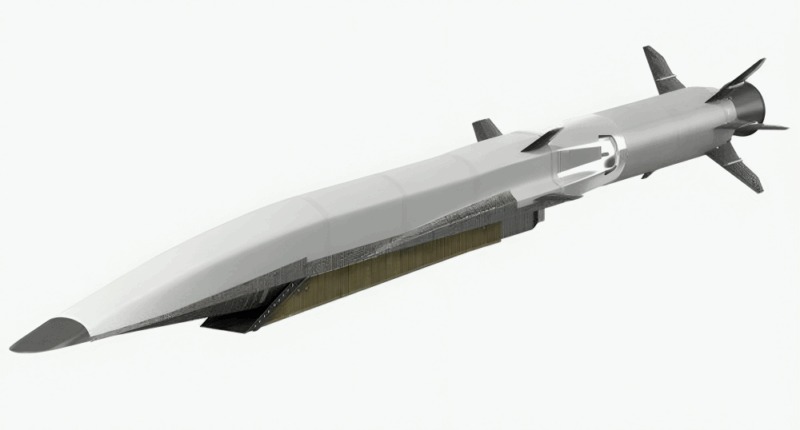El Ministerio de Defensa de India informó la realización de ensayos de vuelo del Misil de Crucero Hipersónico (HCM) desarrollado localmente. Denominado Extended Trajectory Long Duration Hypersonic Cruise Missile (ET-LDHCM), es capaz de alcanzar una velocidad de MACH 8, volar a baja altura para evadir los radares y tiene un alcance de 1500 km. Puede ser lanzado desde plataformas terrestres, aéreas o navales, llevar cabezas de guerra convencionales o nucleares, lo que implica la incorporación de importantes capacidades de disuasión y defensa para las FFAA de ese país, a la luz de los conflictos latentes en la región.
India has reportedly test-fired a new hypersonic missile capable of reaching speeds up to Mach 8, or eight times the speed of sound.
Known as the Extended Trajectory Long Duration Hypersonic Cruise Missile (ET-LDHCM), the weapon has a reported range of 1,500 kilometers (932 miles).
It is powered by an air-breathing scramjet engine that uses atmospheric oxygen to sustain high-speed flight.
The missile also features mid-course maneuverability and thermal shielding rated up to 2,000 degrees Celsius (3,632 degrees Fahrenheit), allowing it to remain stable under extreme heat and velocity.
Designed for flexibility, it can be launched from land, sea, or air platforms.
A ‘Major Leap’ Over BrahMos
Developed under the Defense Research and Development Organization’s Project Vishnu, the missile marks a “major leap” over the BrahMos, India’s current supersonic cruise missile.
The BrahMos is constrained by a shorter range and speed envelope, limited to Mach 3 and 450 kilometers (280 miles). This makes the missile less suited for deep-strike missions in highly contested environments.

Meanwhile, the ET-LDHCM is designed to fly at low altitudes, reducing its radar detection and improving its ability to penetrate defended airspace.
It can also carry both conventional and nuclear warheads and support a payload of up to 2,000 kilograms (4,409 pounds).
Why It Matters Now
India’s latest test fits into a broader push to modernize its missile arsenal, making its systems faster, harder to stop, and able to strike from farther away.
The move comes as regional tensions simmer, with Pakistan deepening ties with Turkey and China expanding its military footprint across the Indo-Pacific.
Joining the hypersonic club would put India alongside the US, China, and Russia, countries that already operate these high-speed, precision-strike weapons.
Fuente: https://nextgendefense.com


